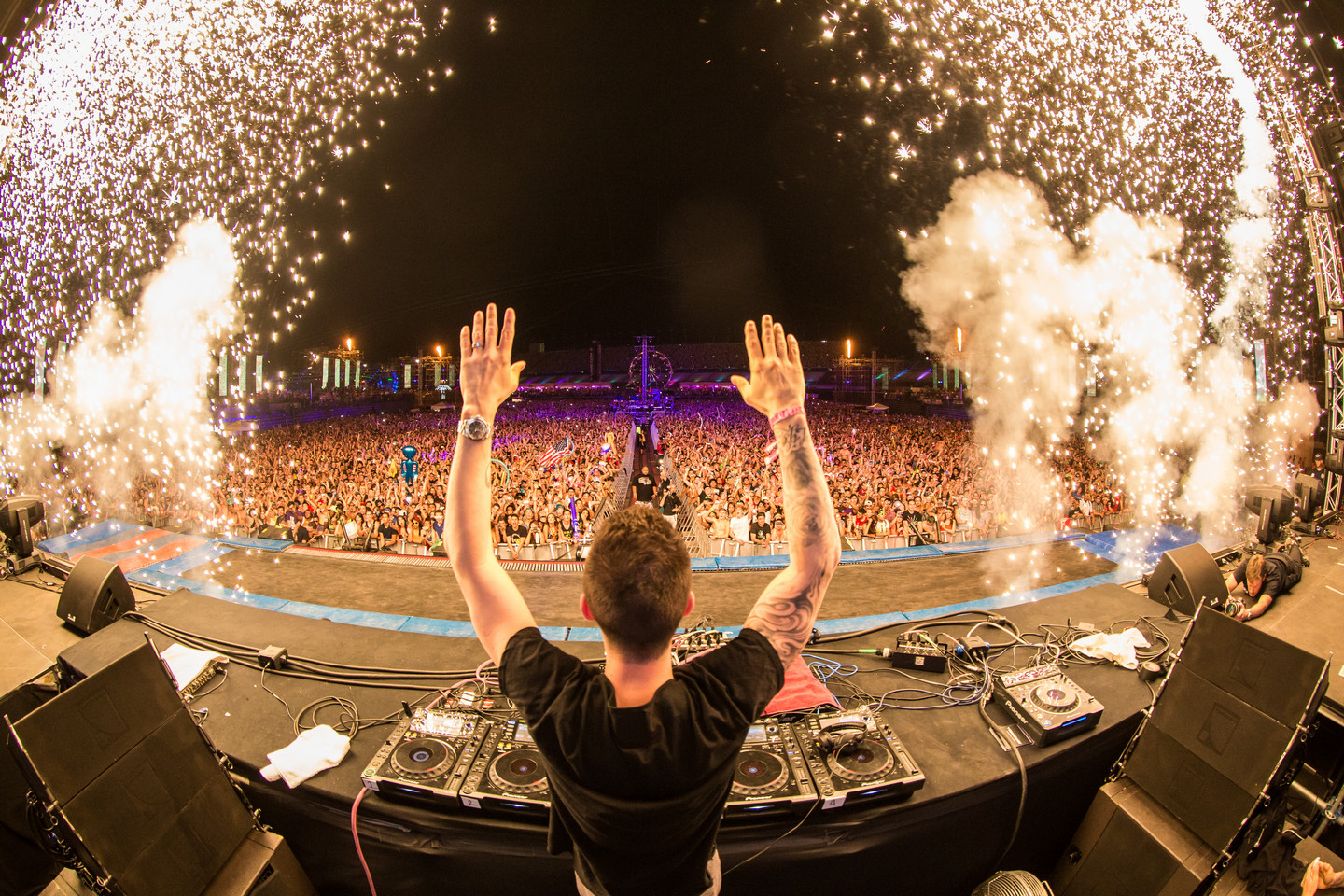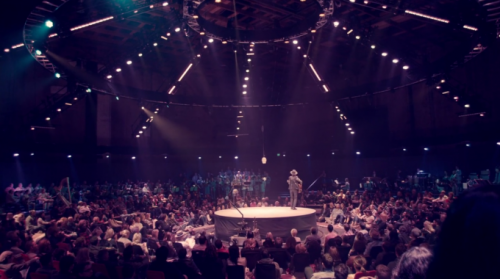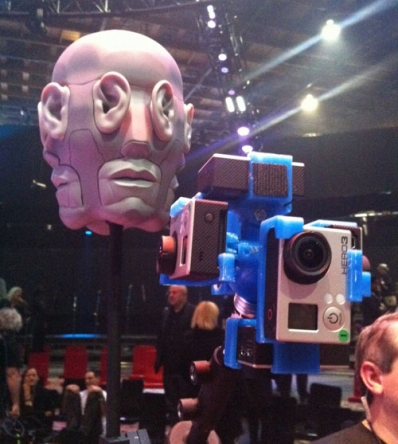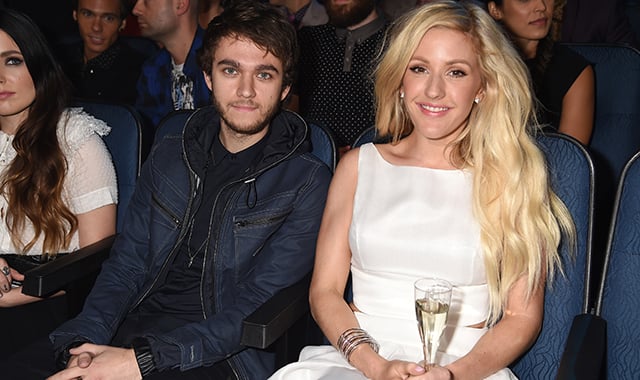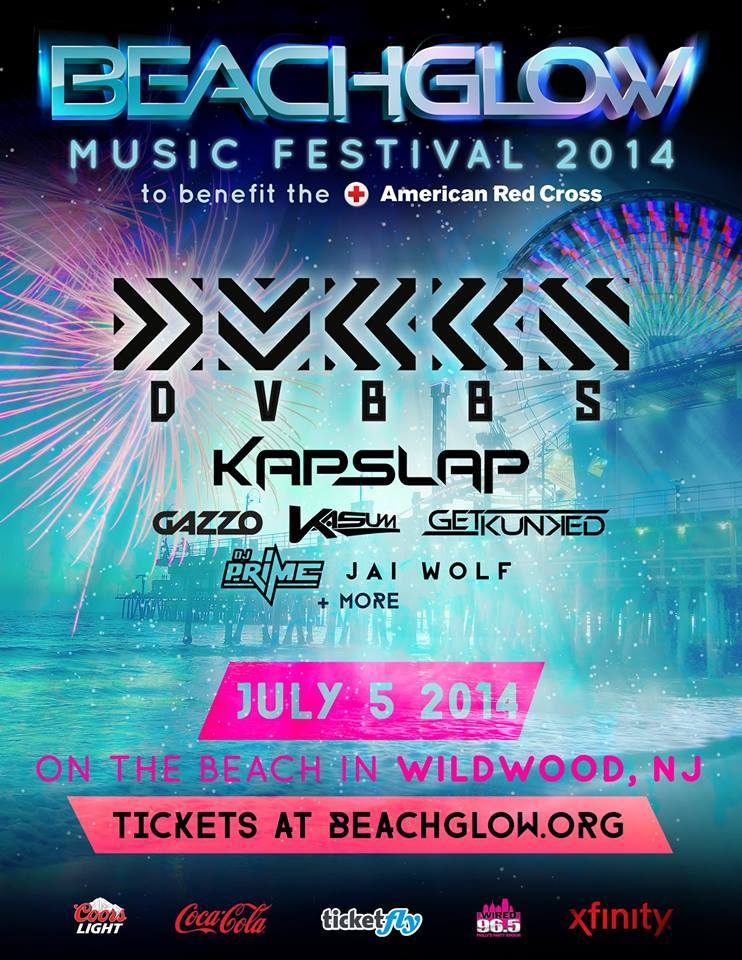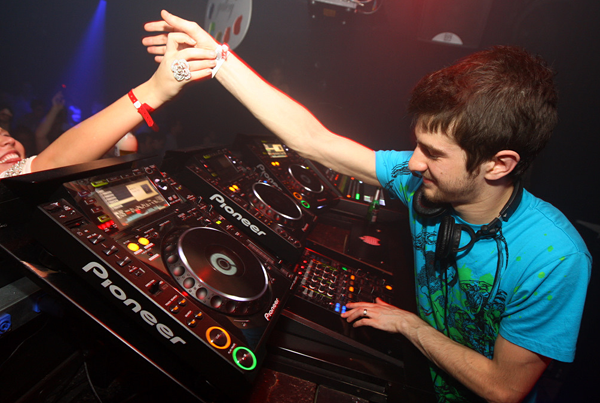We are lucky to be living in an age where technology is experiencing it’s fastest period of growth in the history of mankind. In the past century, there have been more innovations than you could possibly count. One such innovation has been speculated about for more than 30 years and is likely only second in popularity to teleportation. Of course, I’m speaking about virtual reality.
It has been around for a little while in the form of simulations for military and commercial personnel, including flight simulations, car crashes, and so on. However, just like 3D printing, it is only recently that it has become commercially viable and affordable to the general public. The main impetus for greater research and implementation of this technology, and the most public and visible “advocate,” so to speak, would be Oculus.
The Oculus Rift was successfully funded on Kickstarter back in August 2012 in under 24 hours and has since been the main point of focus for all conversations VR. From their website:
The Rift uses custom tracking technology to provide ultra-low latency 360° head tracking, allowing you to seamlessly look around the virtual world just as you would in real life. Every subtle movement of your head is tracked in real time creating a natural and intuitive experience. The Oculus Rift creates a stereoscopic 3D view with excellent depth, scale, and parallax. Unlike 3D on a television or in a movie, this is achieved by presenting unique and parallel images for each eye. This is the same way your eyes perceive images in the real world, creating a much more natural and comfortable experience.
Now, here’s where it gets good. Back in late 2012, Chris Milk, famed music video director behind Arcade Fire, Kanye West, U2, etc., dreamed up an completely comprehensive and encompassing idea. In order to accomplish this, he teamed up with “neo-folk” musician Beck. His idea was to create a 3D audio/video experience that could put anyone at a computer screen within the performance as Beck and 170 other musicians along the outer rim of the soundstage performed a cover of David Bowie’s “Hello Again.”
http://vimeo.com/66680374
Originally, the project was intended for use with a computer monitor-mounted webcam that would track your face’s movements and move the video around accordingly.
In order to keep the sound consistent for all viewing angles, Milk quite possibly created “the first 360 binaural head microphone.” The end result of which, pictured at right, was a creepy 3D head model with four pairs of ears (microphones) and four mouths (which served no purpose than to look absolutely terrifying). Along with the microphone arrays, GoPros were set up in 360 degree mounts that allowed for maximum angles and vantage points to be utilized.
In the end, the performance at Fox Studios in Los Angeles, one of the largest sound stages in the world, was a huge success. Milk accomplished what he set out to achieve and the result was nothing short of incredible.
However, this was all before the Oculus Rift even became a part of the conversation. Now, with the VR capabilities that it assumes, users wearing the Rift can place themselves inside of the performance, from any vantage point, and feel as if they are a part of the audience or the musicians or even Beck himself. The possibilities for such a technology with EDM are staggering.
Imagine a set up like this in your favorite club. It’s Friday night but you’re home sick and you can’t get to the show. Now, this is just my own idea, but this could throw the doors open wide to subscription-based services that allow users to log-in and remotely view any show across the country from the comfort of their own home. Better yet, what if you could hook up your own sound system to the feed and get a live streaming mix from the DJ. Even better, what if you could watch the entire show right from the viewpoint of the DJ on stage.
This doesn’t need to stop at just local clubs and venues, either, nor EDM for that matter. Festivals like Coachella and Ultra already have livestreams. As these technologies become more reliable, cheaper, and more readily available, there’s no reason to suspect that these festivals wouldn’t take advantage of the hi-tech audio/visual experience. Imagine placing yourself in virtual reality from the viewpoint of Hardwell at his headlining set at UMF, or Excision as he slays the crowd at Shambhala.
The opportunities only stop when there ceases to be imagination and creativity within the industry. Models and specs for speakers have been steadily climbing throughout this huge EDM boom in the US, and there’s no reason to suggest that other technologies won’t feel the rise in popularity, as well.
Source: TechCrunch
